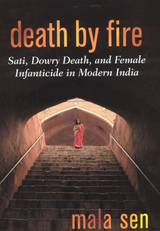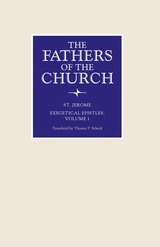
The Indian village of Deorala in Rajasthan, the northwestern Indian state that borders Pakistan, is neither remote nor feudal in the strictest sense. A tarmac road links the population of 10,000 to neighboring villages and towns, there is running water and electricity, and the villagers have had television for more than twenty years. On September 4, 1987, Deorala found itself in the center of a furor that awoke age-old conflicts in Indian society. Before a crowd of several thousand people, mostly men, a young woman dressed in her bridal finery was burned alive on her husband’s funeral pyre. The apparent revival of an ancient tradition opened old wounds in Indian society and focused world attention on the status and treatment of women in modern India.
The ancient practice of sati — the self-immolation of a woman on her husband’s funeral pyre — was outlawed by the British administration in India in 1829, and sati was widely believed to have died out. The fate of 18-year-old Roop Kanwar changed that perception. Mala Sen explores the reality of life and death for women in modern India in a study that is both illuminating and terrifying. The book is part journey through the India that the author knows and loves, and part exploration of the enigma that India still remains in the minds of many. Starting with Kanwar, Sen enters the worlds of three women: a goddess, a burned bride, and a woman accused of killing her daughter, and shows how, in this society in which ancient and modern apparently co-exist comfortably, there is increasingly cause for real alarm. She creates an image of a state in which political turmoil is constantly at the surface, and in which the role of women is constantly being redefined.

How did propertied families in late medieval and early modern Florence maintain their power and affluence while equally important clans elsewhere were fatally undermined by the growth of commerce and personal freedom, and the consequences of the Plague? Drawing on a vast array of archival research—from letters and memoirs to fiscal declarations to records of the Dowry Fund, Anthony Molho suggests that the answer is found in the twin institutions of arranged marriage and the dowry.
Molho focuses on the relations between Florentine families of this period and demonstrates that the links among families—created by arranged marriages within a narrow and well-defined social class, a system of dowries that was a combination of speculation and manipulation, and an entrenched memory of these processes—account for the resilience of this ruling class. The individuals or single families whose records Molho has scrutinized, as well as his analysis of several thousand marriages over nearly a century and a half, illuminate a culture that consistently and relentlessly subordinated individual goals and preferences to larger and deeper concerns. The book combines the application of quantitative methods and close reading of contemporary texts in order to gain new insights into the history of Florence in the late Middle Ages.
READERS
Browse our collection.
PUBLISHERS
See BiblioVault's publisher services.
STUDENT SERVICES
Files for college accessibility offices.
UChicago Accessibility Resources
home | accessibility | search | about | contact us
BiblioVault ® 2001 - 2024
The University of Chicago Press









